Bad body odor? Don’t choose between smelling good and your health. Ditch your aluminum deodorant and go for a safe, all-natural alternative that works!
Going Paleo has a way of making you question all of your assumptions.
You start out learning about nutrition and how different foods affect you. Soon enough, you’re exploring new ways to exercise and manage stress. Eventually you become aware of how all the products you use play a part in your overall health.
Coconut Oil has hundreds of health benefits - learn how you can experience them with our FREE guide to Coconut Oil & its benefits.
Click here to subscribe
Maybe you’ve changed your shampoo, makeup, and toothpaste for more Paleo-friendly options. What about your deodorant?
It smells nice, but if you buy it from the store it’s probably causing a lot more problems than you know. You don’t have to stop using it and stink things up…
But it’s time to ditch the aluminum deodorant for something better. Keep reading for seven reasons why you should never use that stuff again… and what to do instead.
1. Aluminum Compounds
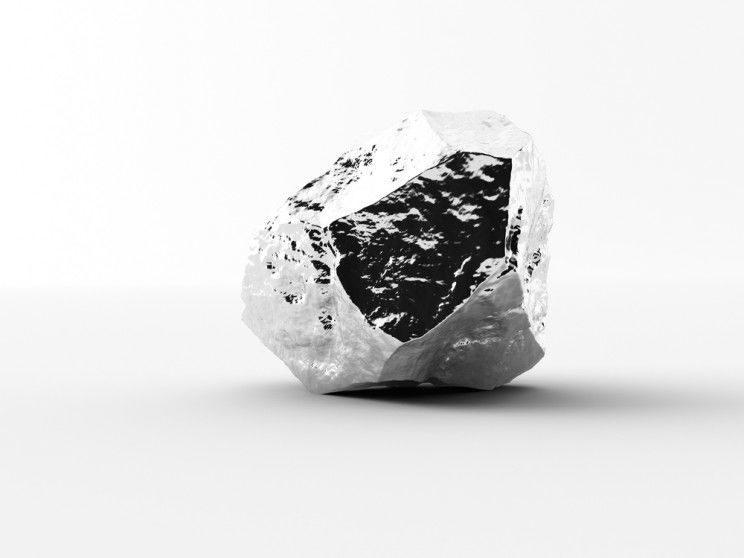
Aluminum compounds (like “Aluminum chlorohydrate” and “Aluminum zirconium tetrachlorohydrex gly”) are extremely common in conventional deodorants and antiperspirants. These compounds plug the sweat ducts and stop (or seriously limit) the release of sweat.
Unfortunately, aluminum can be absorbed deep into your skin… with serious consequences. [tweet_quote] One of the biggest dangers: aluminum can interfere with the function of estrogen receptors. [/tweet_quote] This could explain why clinical studies found a disproportionately high incidence of breast cancer in the “upper outer quadrant” of the breast (the part closest to the underarm) – strong evidence for a connection between a diagnosis and a locally-applied aluminum deodorant (1).
Many aluminum-containing deodorants are labeled as “antiperspirants” or “antiperspirant deodorants,” but there are no hard guidelines. So the deodorant you buy could contain aluminum even if it isn’t marketed as an antiperspirant.
2. Parabens
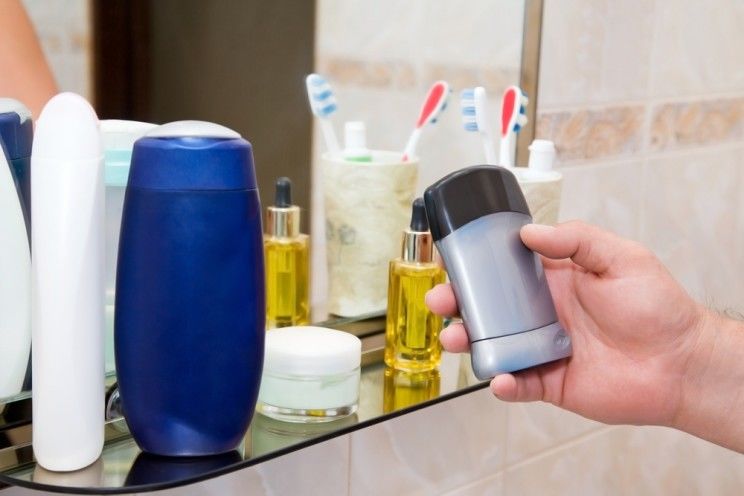
Companies use them to increase the shelf lives of thousands of different cosmetic and body care products – everything ranging from shampoos and moisturizers, to sunscreens and even your deodorant.
All of these repeated daily exposures really add up…
Parabens have linked to annoyances like skin irritation and allergic reactions, to much more serious issues like hormone function disruption (2). Just like aluminum, parabens are estrogenic. Mimicking the estrogen hormone throws the system out of whack (3).
While the FDA limits the parabens allowed in foods and drinks, it does not regulate them in cosmetics or body care products (4)!
On deodorant labels, look out for methyl, ethyl, propyl, benzyl, and butyl. Those are dead giveaways for parabens.
3. Propylene Glycol
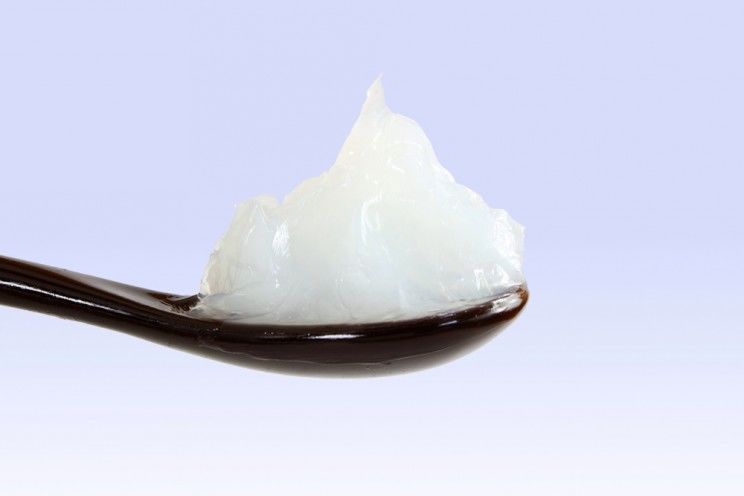
Propylene glycol can cause skin irritations ranging from mild redness to full-on allergic reactions. Even extremely small concentrations (two percent or less) can irritate sensitive skin. Some companies make their deodorants with as much as 50 percent proplyene glycol!
It’s even worse in larger quantities. Numerous studies linked propylene glycol to damage of the heart, liver, and central nervous system (5, 6).
Even many “natural” deodorant alternatives use propylene glycol, so check your labels closely!
4. Triclosan

Its true. In 1969, that’s how triclosan was first registered with the EPA (7).
So what in the world is a pesticide doing in our deodorants? Companies mostly use triclosan to kill bacteria and extend shelf lives of their products.
Not surprisingly, this creates a range of potential health issues…
Human studies have linked triclosan exposure to a compromised immune system. A 2010 study found that triclosan lowered antibody levels and increased the incidence of allergies and hay fever (8).
There are also more serious issues to think about, like the endocrine system. Studies found that even exposure to very low amounts of triclosan disrupted “thyroid hormone-associated gene expression” (9).
5. Artificial Coloring

A big part of the trouble is just not knowing exactly what you’re getting. There are tons of additives to choose from, some much worse than others… and the ingredients listed tend to be vague.
Some artificial colors are even made from coal tar, which raises serious concerns about allergic skin reactions and even possibly carcinogenic effects (10, 11).
On deodorant labels, look out for “FD&C colors.” These synthetic colors have been approved by the FDA for food, drugs, and cosmetics… but that’s in no way a guarantee they’re safe in your deodorant.
6. Yellow Sweat Stains

If you’re tired of the yellow sweat stains and throwing money away on dress shirts and workout clothes, it’s time to change your deodorant.
I used to think I just sweat a lot, and that was why my white shirts ended up stained. But it wasn’t until I changed my deodorant when I discovered the truth:
The aluminum in your deodorant or antiperspirant is the one to blame (12).
Why?
When you sweat, your perspiration chemically reacts with the aluminum deodorant. You end up with nasty, yellow stains – even on clothes that are still pretty new.
7. You’re Supposed to Sweat!

It doesn’t work in terms of your health, but the aluminum does block your sweat glands from releasing too much sweat.
Here’s the issue with that. Sweating is a completely natural process – one that our bodies use to regulate our temperature and even excrete toxins (13). [tweet_quote] Products that contain aluminum clog your pores and impair this completely natural process. [/tweet_quote]
A better path is to use deodorants without aluminum. These allow you to sweat like you’re supposed to, but cover up any bad odors in the process.
What Should I Do Instead?
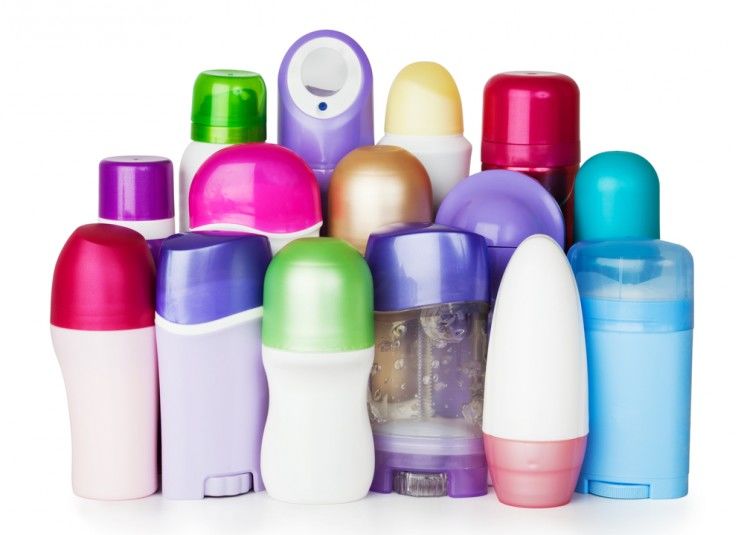
Start by checking out the deodorant you’re using on Skin Deep, an extensive cosmetics database from the Environmental Working Group, to find your deodorant’s safety rating.
Not happy with what you find?
There are plenty of natural, organic deodorants available. Thanks to health movements like Paleo, the demand and market is growing rapidly.
But here’s the rub…
Where Many Natural Deodorants Fall Short
If you’ve ever bought one of these natural deodorants (or made one yourself from a recipe online), you know firsthand just how tough it is to find something that works.
A lot of natural deodorants smell great. They’re safe because they’re free from aluminum, parabens, and the other dangerous ingredients we mentioned above.
You get excited, buy one, and try it out…
But you still smell. Especially if you sweat a lot.
The Best Natural Deodorants Don’t Make You Choose Between Safety and Smelling Fresh
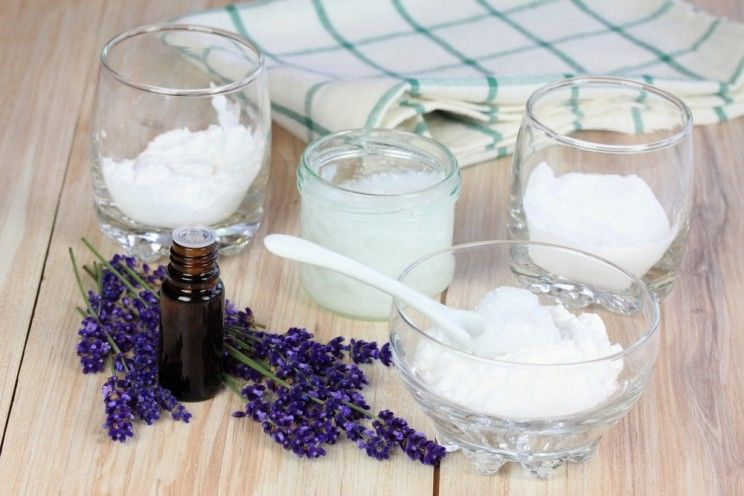
This defeats the whole purpose because it forces you to choose between smelling fresh and your health.
Luckily, you don’t have to compromise your safety. A handful of companies are creating natural, organic ingredients like:
- Aluminum-free baking soda
- Arrowroot powder
- Essential oils
- Organic Coconut oil
- Organic Shea butter
No crazy scientific names you can’t pronounce. No bizarre chemical additives, pesticides, or petroleum products. None of that’s needed to keep you healthy… and smelling great.
Unfortunately, if you have any experience with natural deodorants, you’ve probably noticed how messy and inconvenient they can be. It’s hard to take a big jar of deodorant with you to the gym or pack it in your luggage for a cross-country flight.
This is one of the reasons we recommend Primal Pit Paste. These guys offer deodorants in both paste and stick deodorant form, so you can choose which version is most convenient for you. Just like many conventional deodorants, there are different strength levels to match how much you sweat and they come in several scents like jacked-up jasmine, lavender, and coconut lime. We recommend starting with “Regular Scent” and going from there.
Best part: It actually works. A lot of us on the PaleoHacks team use Primal Pit Paste and we’ve tried nearly every natural deodorant on the market. If you’re looking to ditch your aluminum deodorant, check them out.
(Read This Next: Ultimate Guide to Natural Skin Care)
This post is sponsored by our friends at Primal Pit Paste. Our goal is to always bring you healthy, Paleo-friendly articles that we know you’ll love. We only feature trusted brands approved by the PaleoHacks team.


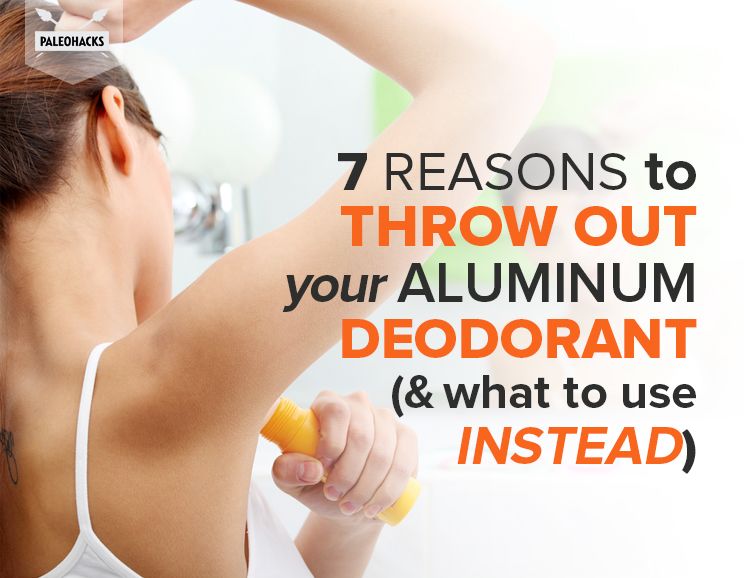

 14 Common Causes of Bad Breath (and How to Freshen Up)
14 Common Causes of Bad Breath (and How to Freshen Up)

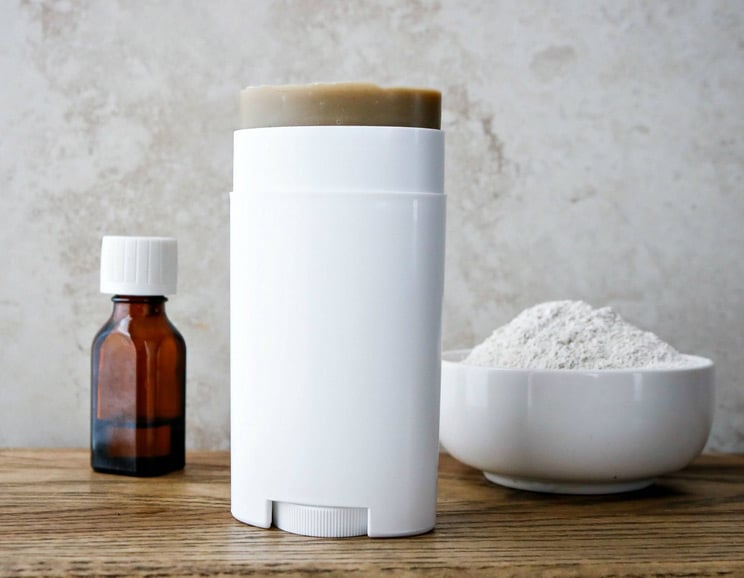
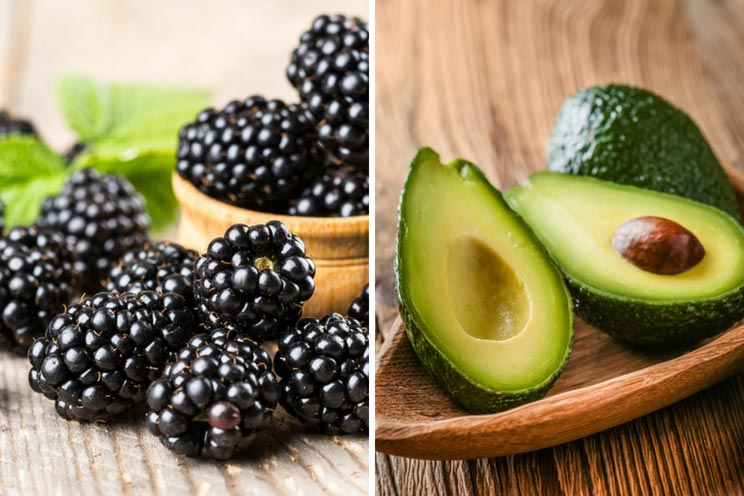


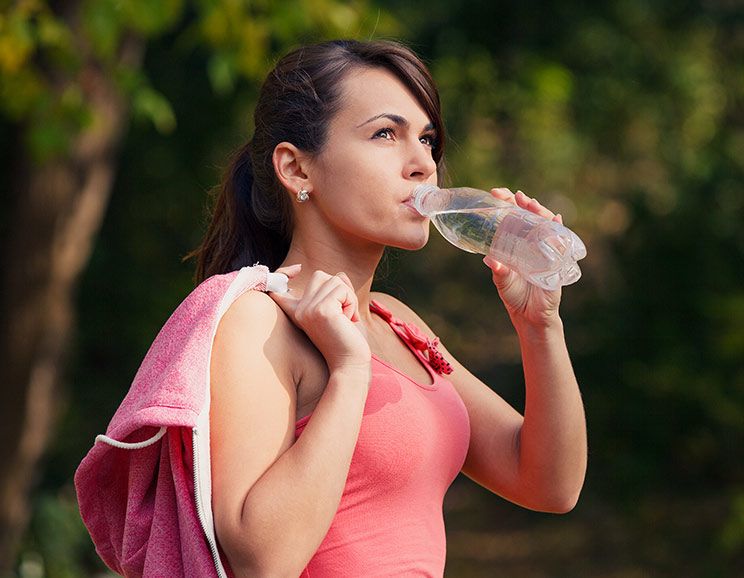



Show Comments